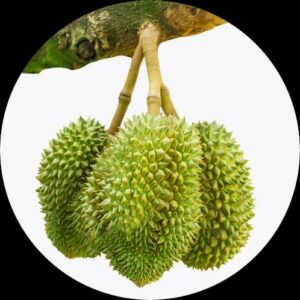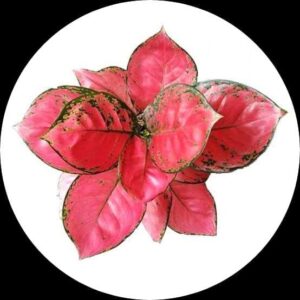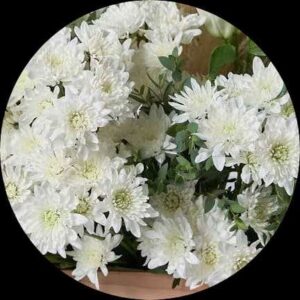- Empty cart.
- Continue Shopping
Engkala (Litsea garciae)
Original price was: ₹1,620.00.₹1,260.00Current price is: ₹1,260.00.
Genus : Litsea
Experience the extraordinary flavors of the Engkala Fruit Plant. This rare and exotic plant produces delicious Engkala fruits that are prized for their distinct taste and nutritional value. With its captivating appearance and delightful fruits, the Engkala Fruit Plant is a prized addition to any garden or fruit lover’s collection. Grow your own Engkala Fruit Plant and indulge in its unique flavors.
Engkala, also known as Litsea garciae, is a tropical fruit tree that is native to Borneo and other parts of Southeast Asia. It is a member of the Lauraceae family, which includes other popular fruit trees such as avocado and cinnamon.
The Engkala tree is a medium-sized tree that can grow up to 25 meters tall. The leaves are glossy and green, and the flowers are small and yellow or white in color. The fruit of the Engkala tree is roughly spherical and grows to about 2-3 cm in diameter. It has a hard, woody outer shell that must be cracked open to access the soft, fleshy pulp inside. The pulp is usually yellow or orange in color and has a sweet, tangy flavor.
The Engkala plant is relatively easy to grow and maintain, and is well-adapted to tropical and subtropical climates. It prefers well-drained soils and full sun exposure, and can be propagated from seeds or cuttings. The fruit is typically harvested when it is fully ripe, which is indicated by a slight softening of the flesh and a yellowing of the skin.
In addition to its culinary uses, the Engkala fruit has a variety of traditional medicinal uses in Borneo and other parts of Southeast Asia. The bark, leaves, and fruit have been used to treat a variety of ailments, including fever, diarrhea, and skin infections.
Overall, the Engkala fruit plant is an important cultural and culinary resource in Southeast Asia, valued for its unique flavor and traditional medicinal uses. It is also gaining attention among fruit enthusiasts as a lesser-known tropical fruit with great potential for cultivation and commercialization













Reviews
There are no reviews yet.